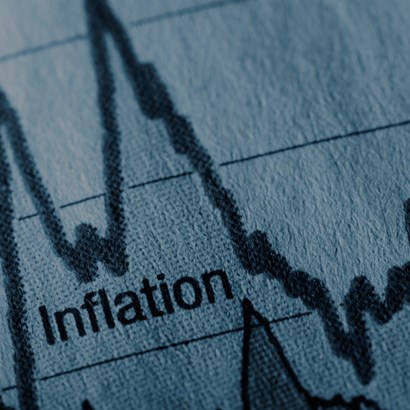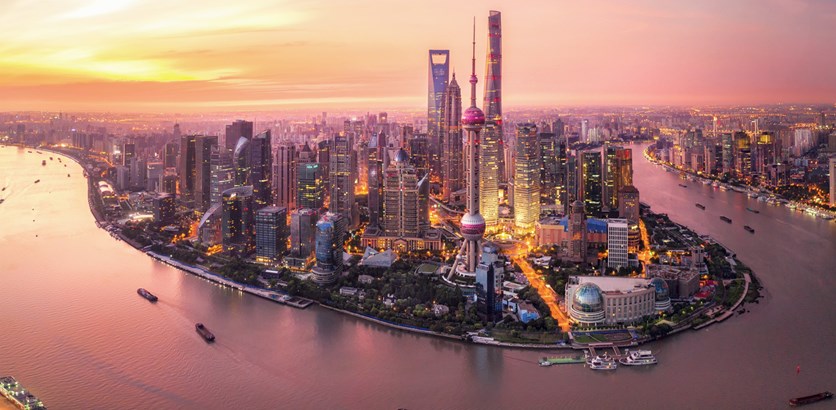Investors should seek out exposure to the compounding growth in luxury spending.
Global GDP (gross domestic product) is a compounding growth engine. Despite recessions, financial crises, wars and even pandemics, the global economy’s ability to recover and continue growing is remarkable. As the global economy grows, so too does personal and household wealth. According to Credit Suisse’s Global Wealth Report, global household wealth grew by +8.5% in 2019 alone, and despite the pandemic was only flat in 2020 versus 2019 levels.
Standard economic theory holds that as wealth grows, people buy disproportionately more luxuries after their basic needs have been met. In other words, as personal and household wealth rises, people spend a rising percentage of their income on luxuries, and this share of spending on luxuries keeps rising as wealth increases.
This means that as global GDP grows, luxury spending grows at a faster rate than the economy. This effect accelerates as economies become more advanced and consumption becomes the driving force for GDP growth.
Between 1997 and 2019, for example, the core personal luxury goods market grew on average +6.3% per annum, twice as fast as global GDP. This differential in growth rates compounds over time. The chart below shows the effect of this differential in growth rates since 1996 in relative compounded market size. We compare the global personal luxury goods market to global GDP. An average growth rate in luxuries that is twice that of global GDP means that, over the period shown, the luxury sector has risen in value by +380%, while global GDP has risen by less than +200%.

This powerful force of higher compounding growth in the luxuries sector will continue for as long as global wealth continues to rise. This structural feature of consumption habits makes investing in luxuries a solid long-term structural theme which investors should seek to include in their portfolios.
While the long-term outlook remains solid, the short-term outlook is also exciting for the luxuries space. As the global economy recovers from the pandemic, we can expect GDP growth rates to reaccelerate in 2021 and beyond. The implication for luxury spending is that we should see even faster expansion in demand than we will see in GDP growth. As pandemic restrictions ease, we are likely to see a sharp initial burst of luxury consumption (industry growth of +12% to +17% is expected) as pent-up demand and higher savings drive a wave of ‘catch up’ spending.








